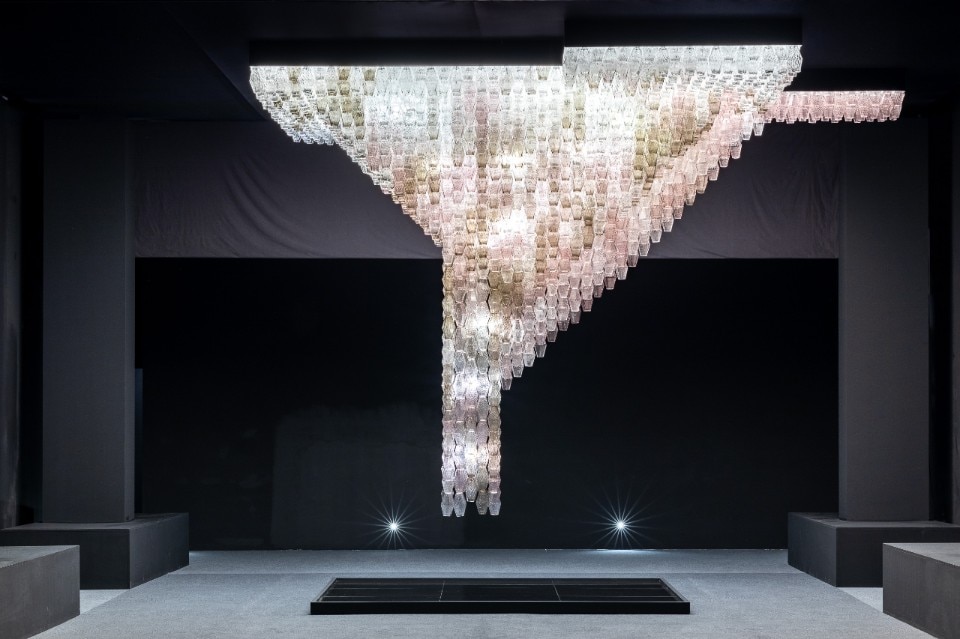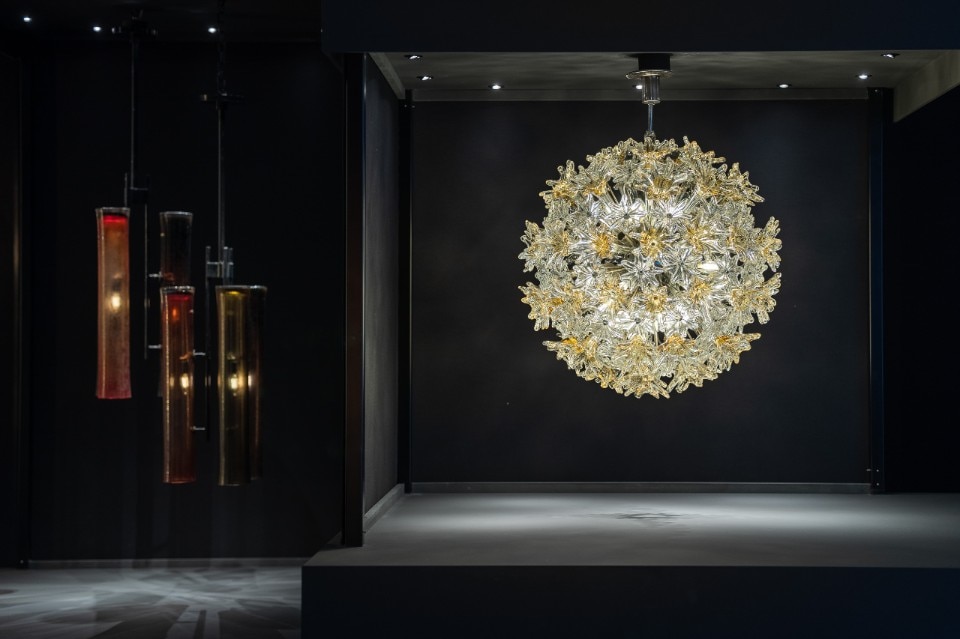On the occasion of its tenth anniversary, Le Stanze del Vetro (Rooms for Glass) – a gallery located on the island of San Giorgio Maggiore in Venice – now hosts the exhibition “Venini: Luce 1921-1985”, curated by Marino Barovier. Ten years of activity, marked by exhibitions, conferences, educational activities and the acquisition of several crucial business and artist archives that are today a substantial heritage on excellence in the history of Murano glass whose Venini is the prince glassmaker.
Visiting the exhibition means retracing the impressive lighting production of a glassmaker-myth and being able to take stock of the impact of that experience on the coeval productions of other industries on the Glass Island.
Founded immediately after World War II on the initiative of a lawyer (the non-Venetian Paolo Venini) and a local antiquarian (Giacomo Cappellin), Vetri Soffiati Muranesi Cappellin-Venini & C. reinvented the artistic craftsmanship in terms of modern living. Reinventing local tradition to create a new style, as elegant as it is contemporary, is the task the glassmaker Andrea Rioda and the painter Vittorio Zecchin, the company’s artistic director, are called to.
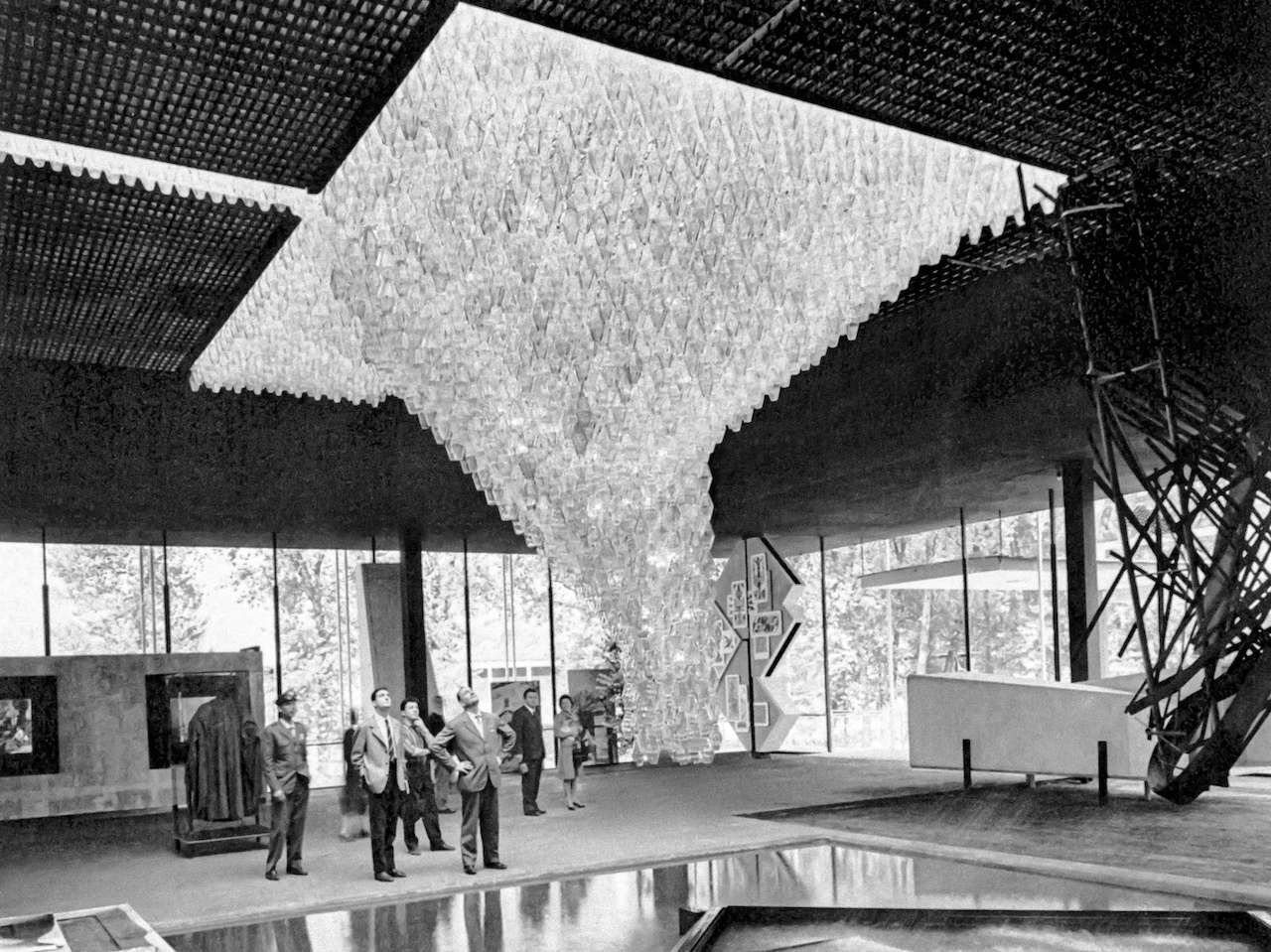
 View gallery
View gallery
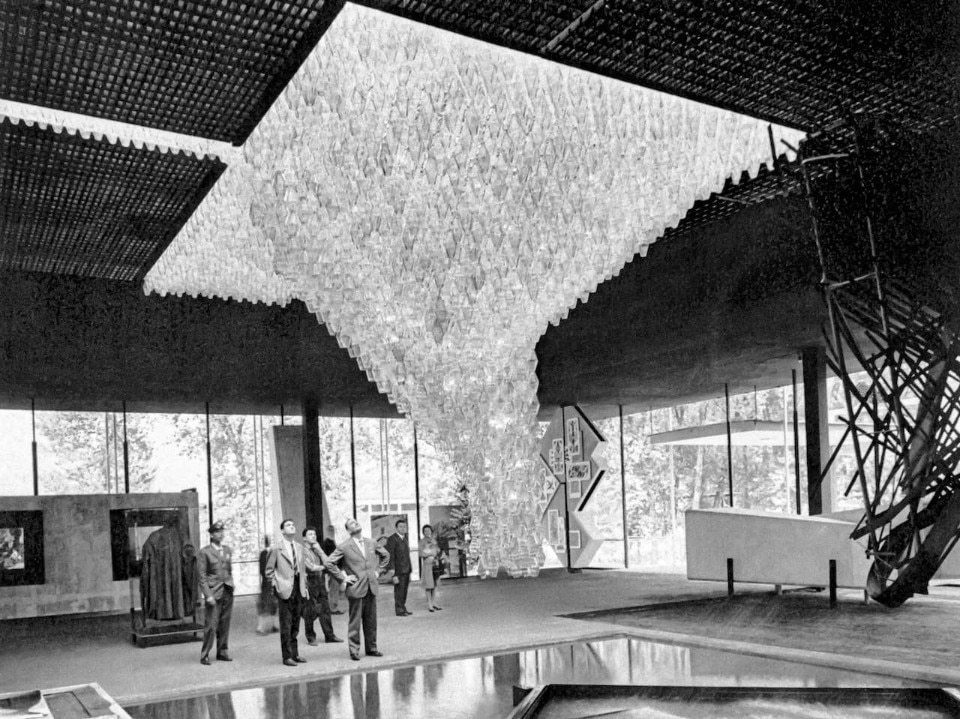
“Venini: Luce 1921-1985” curated by Marino Barovier, Le Stanze del Vetro, Isola di San Giorgio, Venice
Large polyhedron chandelier in the Veneto Pavilion at Italia 61, Turin, designed by Carlo Scarpa, 1961
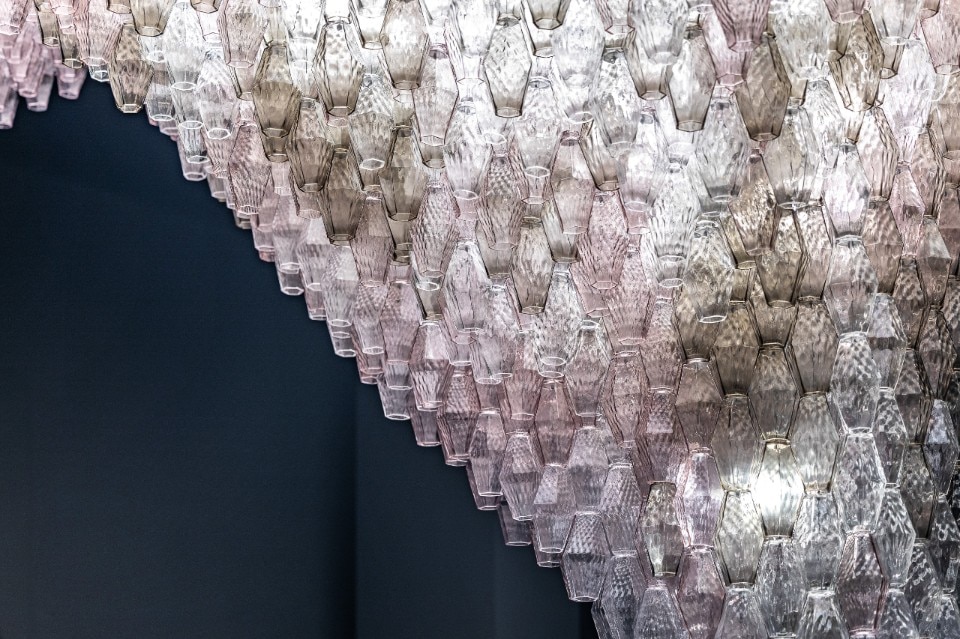
“Venini: Luce 1921-1985” curated by Marino Barovier, Le Stanze del Vetro, Isola di San Giorgio, Venice
Photo Enrico Fiorese
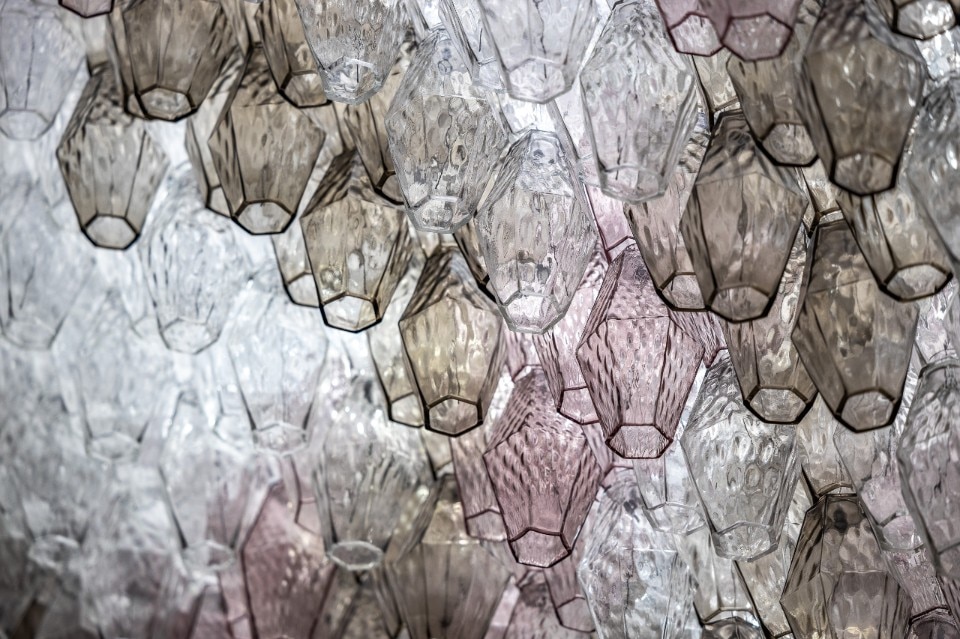
“Venini: Luce 1921-1985” curated by Marino Barovier, Le Stanze del Vetro, Isola di San Giorgio, Venice
Photo Enrico Fiorese
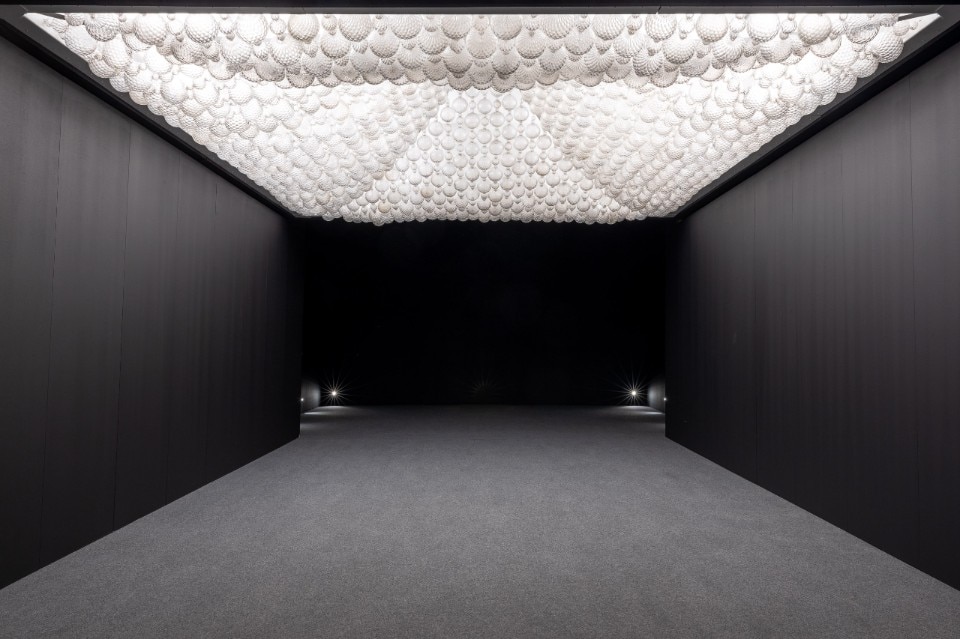
“Venini: Luce 1921-1985” curated by Marino Barovier, Le Stanze del Vetro, Isola di San Giorgio, Venice
Foto Enrico Fiorese
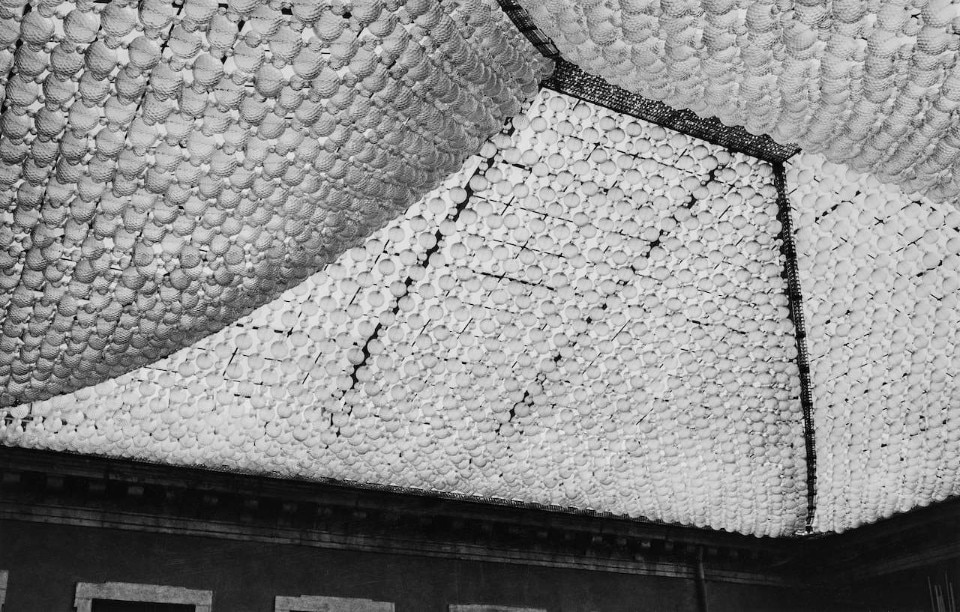
“Venini: Luce 1921-1985” curated by Marino Barovier, Le Stanze del Vetro, Isola di San Giorgio, Venice
Palazzo Grassi’s Ballot Sphere Velarium, Venice, 1951
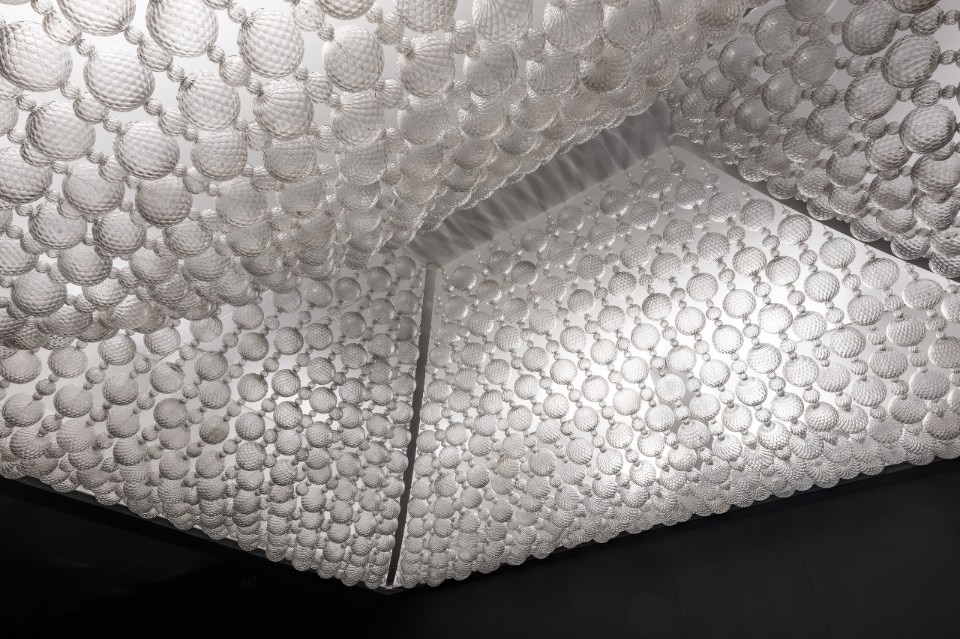
“Venini: Luce 1921-1985” curated by Marino Barovier, Le Stanze del Vetro, Isola di San Giorgio, Venice
Photo Enrico Fiorese
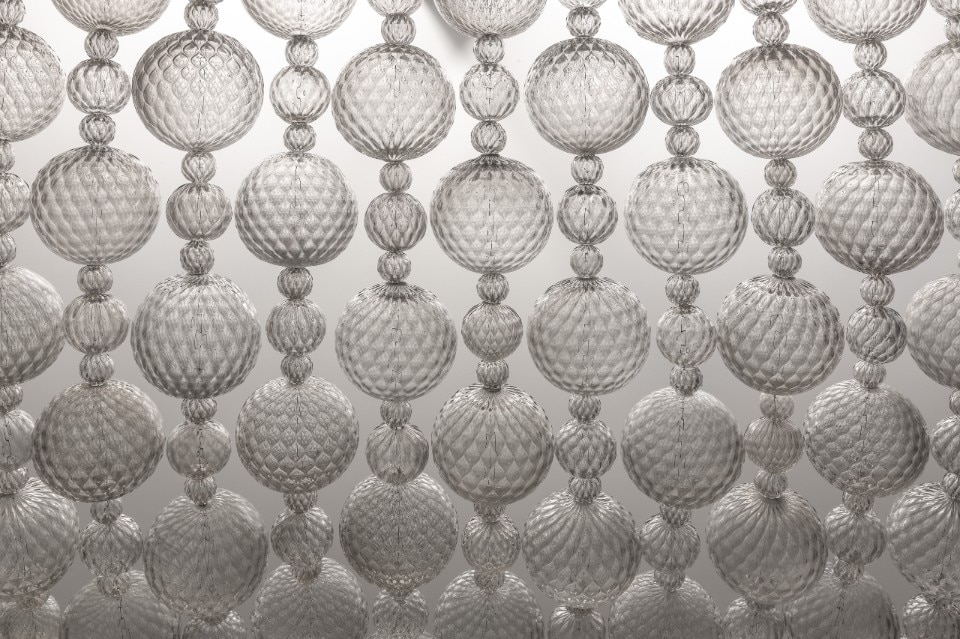
“Venini: Luce 1921-1985” curated by Marino Barovier, Le Stanze del Vetro, Isola di San Giorgio, Venice
Photo Enrico Fiorese
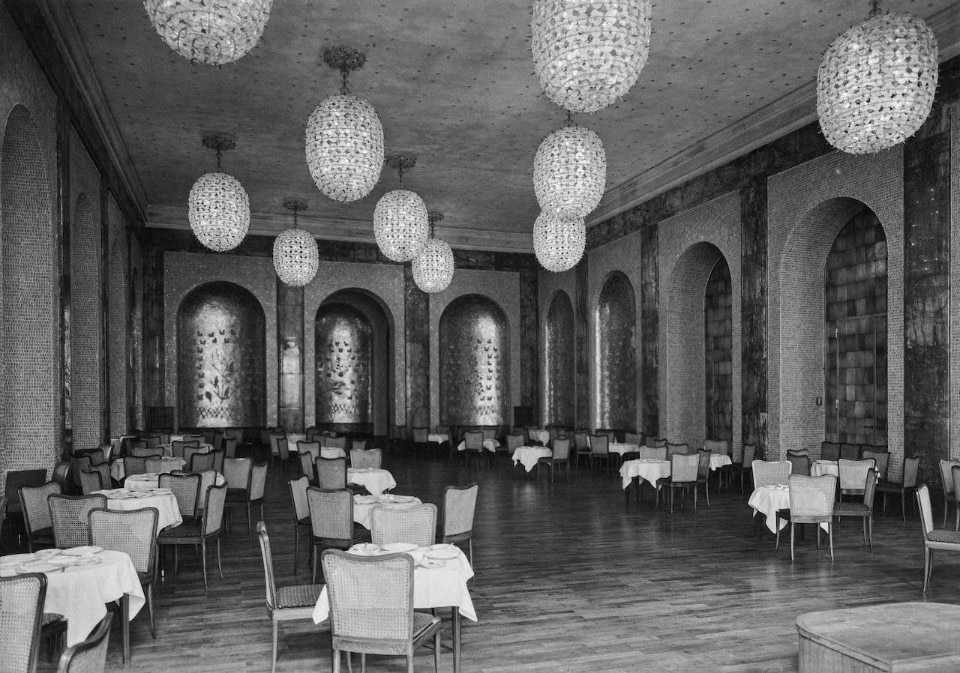
“Venini: Luce 1921-1985” curated by Marino Barovier, Le Stanze del Vetro, Isola di San Giorgio, Venice
Salone delle Feste, Albergo Principi di Piemonte, Turin, 1937
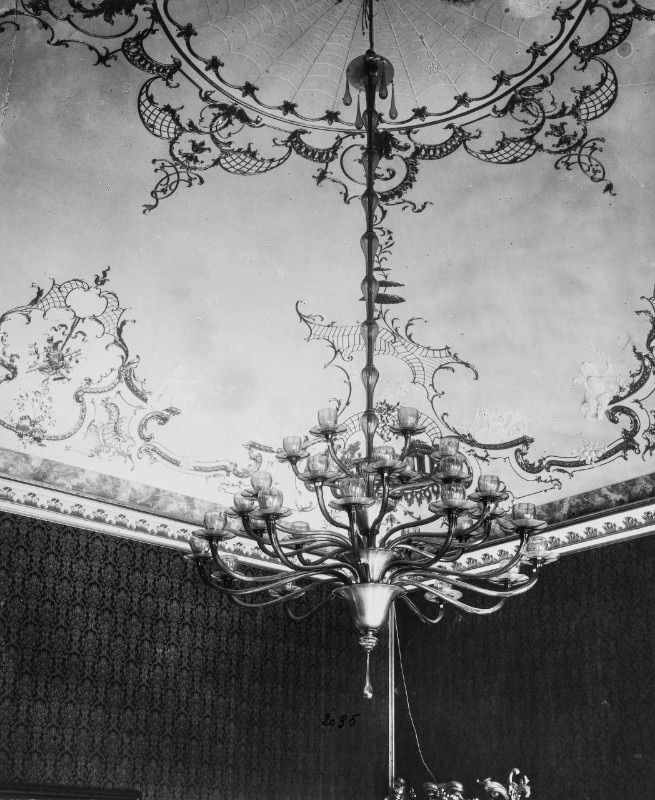
“Venini: Luce 1921-1985” curated by Marino Barovier, Le Stanze del Vetro, Isola di San Giorgio, Venice
30-light chandelier designed by Vittorio Zecchin, 1923
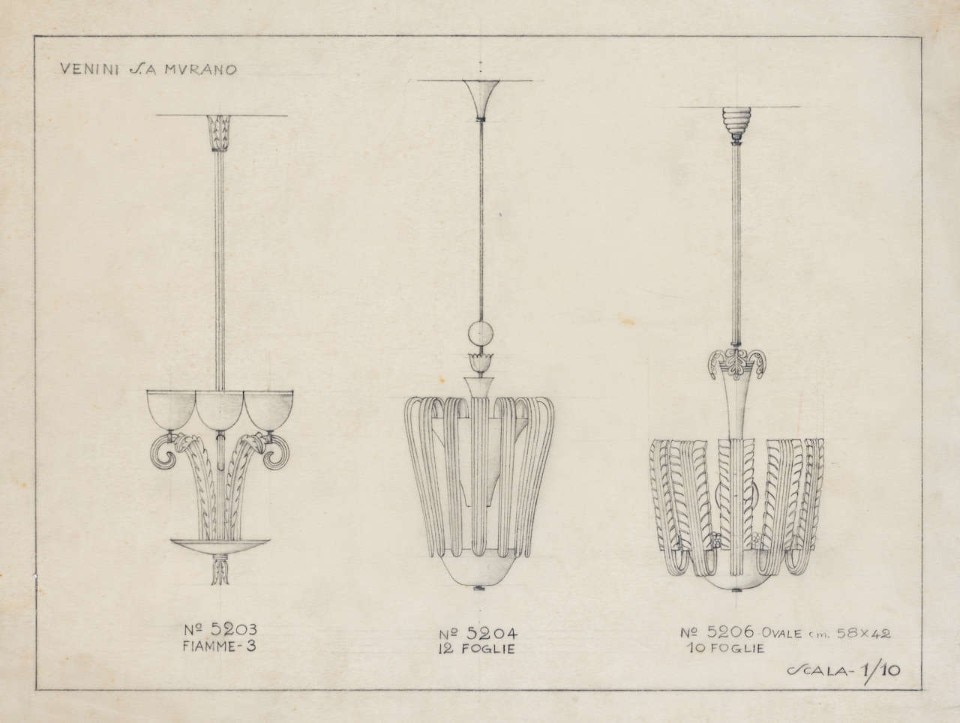
“Venini: Luce 1921-1985” curated by Marino Barovier, Le Stanze del Vetro, Isola di San Giorgio, Venice
Designs for pendant lamps no. 5202, 5204 and 5206, 1933
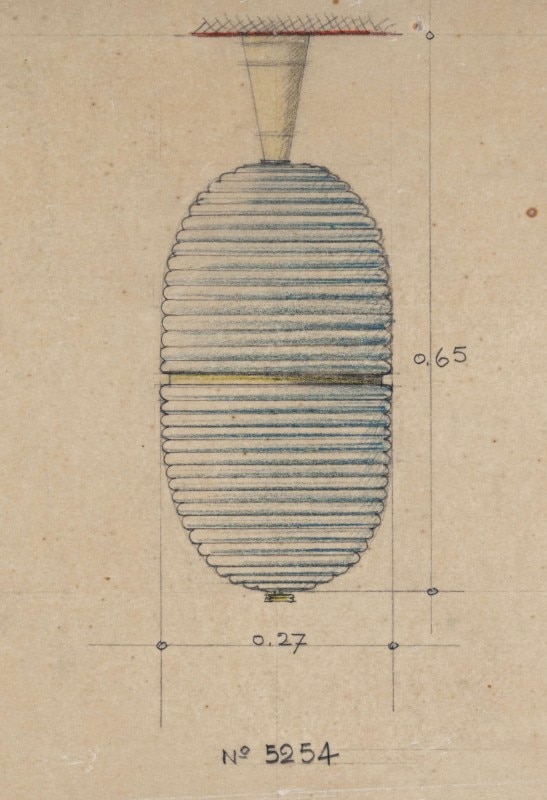
“Venini: Luce 1921-1985” curated by Marino Barovier, Le Stanze del Vetro, Isola di San Giorgio, Venice
Drawing for hanging lamp No. 5254 in corded glass based on a design by Carlo Scarpa, 1935
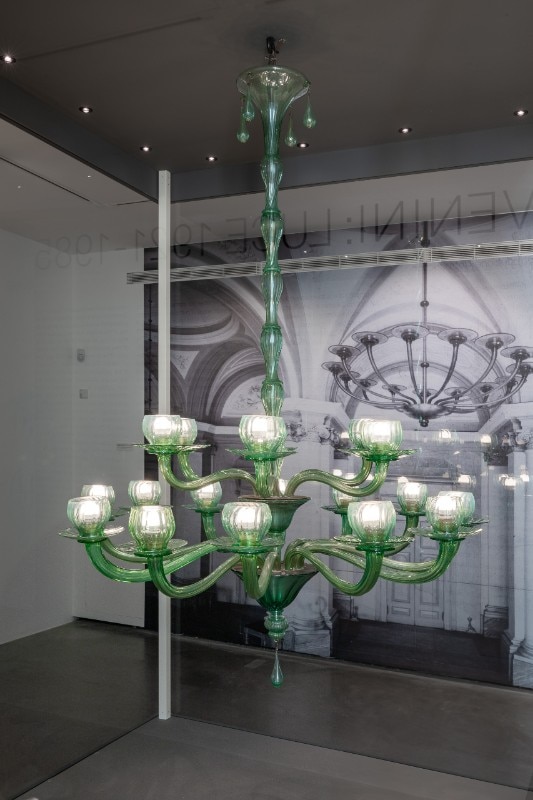
“Venini: Luce 1921-1985” curated by Marino Barovier, Le Stanze del Vetro, Isola di San Giorgio, Venice
Photo Enrico Fiorese
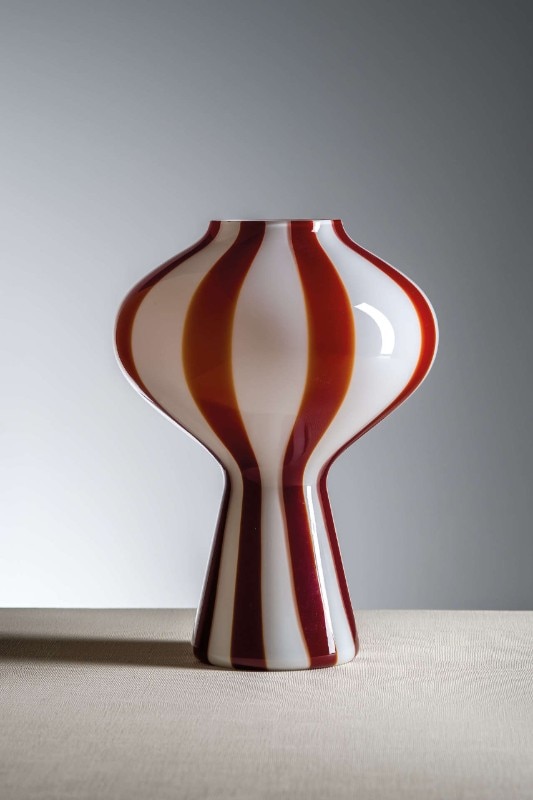
“Venini: Luce 1921-1985” curated by Marino Barovier, Le Stanze del Vetro, Isola di San Giorgio, Venice
White opaline glass table lamp with red vertical bands designed by Massimo Vignelli, 1955, private collection
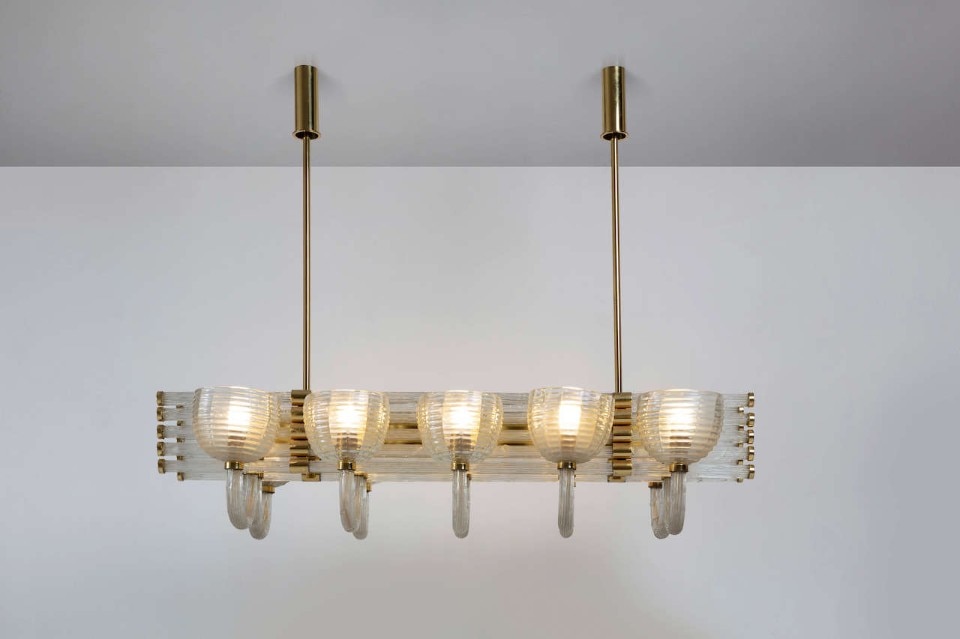
“Venini: Luce 1921-1985” curated by Marino Barovier, Le Stanze del Vetro, Isola di San Giorgio, Venice
10-light crystal glass chandelier with ashlar glass bowls, 1933, Herat de Nicola Collection
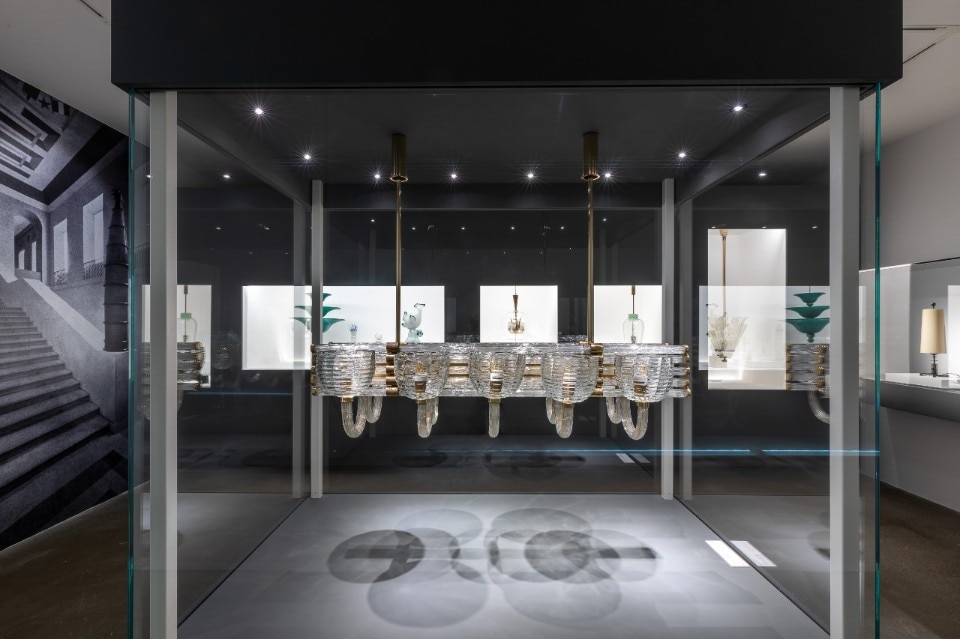
“Venini: Luce 1921-1985” curated by Marino Barovier, Le Stanze del Vetro, Isola di San Giorgio, Venice
Photo Enrico Fiorese
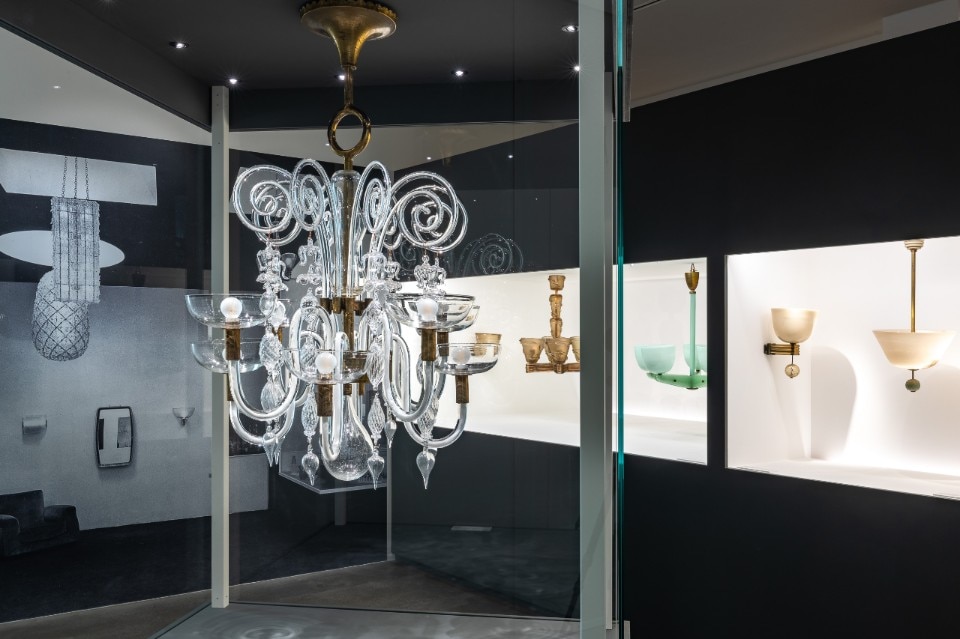
“Venini: Luce 1921-1985” curated by Marino Barovier, Le Stanze del Vetro, Isola di San Giorgio, Venice
Photo Enrico Fiorese
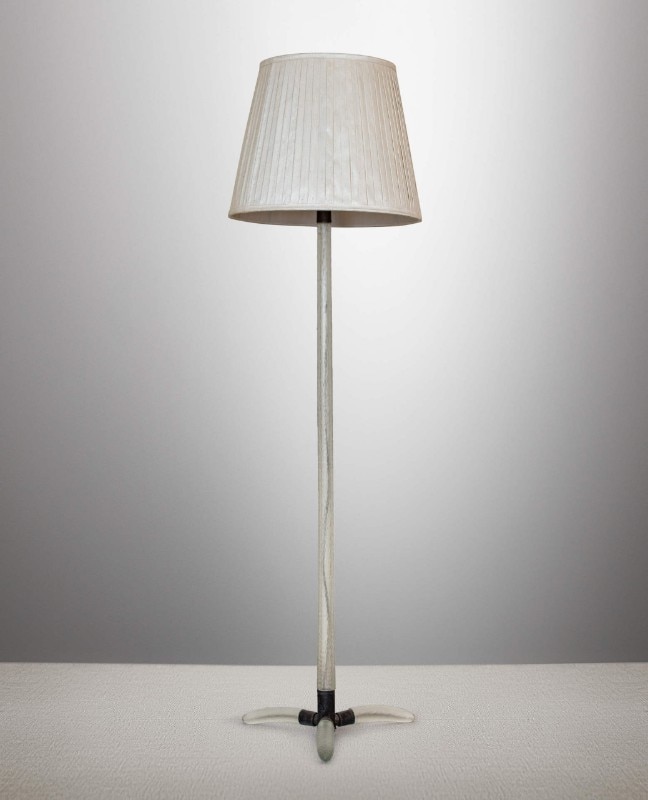
“Venini: Luce 1921-1985” curated by Marino Barovier, Le Stanze del Vetro, Isola di San Giorgio, Venice
Floor lamp in grinded crystal glass, designed by Carlo Scarpa, 1942
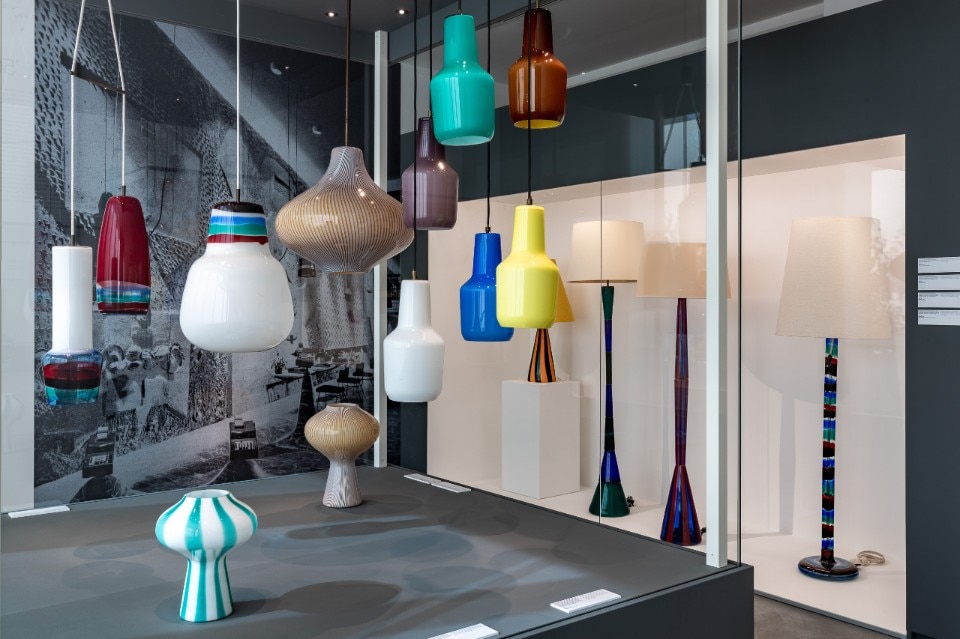
“Venini: Luce 1921-1985” curated by Marino Barovier, Le Stanze del Vetro, Isola di San Giorgio, Venice
Photo Enrico Fiorese
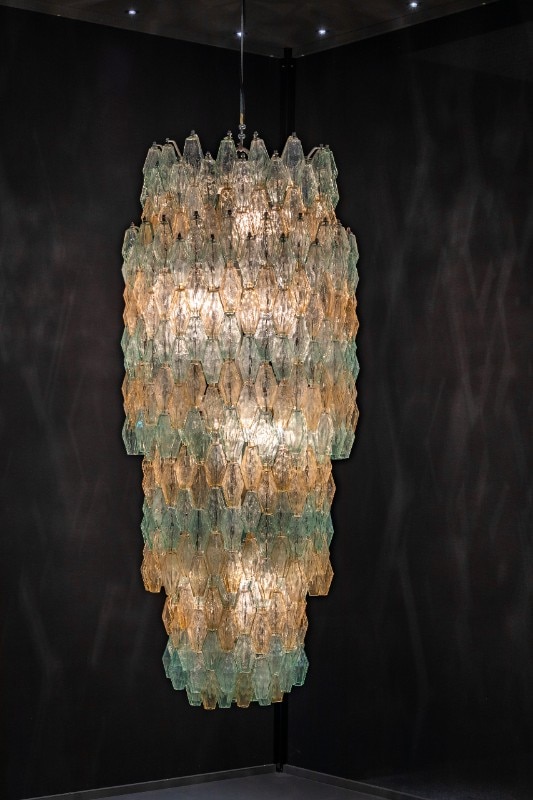
“Venini: Luce 1921-1985” curated by Marino Barovier, Le Stanze del Vetro, Isola di San Giorgio, Venice
Photo Enrico Fiorese

“Venini: Luce 1921-1985” curated by Marino Barovier, Le Stanze del Vetro, Isola di San Giorgio, Venice
Large polyhedron chandelier in the Veneto Pavilion at Italia 61, Turin, designed by Carlo Scarpa, 1961

“Venini: Luce 1921-1985” curated by Marino Barovier, Le Stanze del Vetro, Isola di San Giorgio, Venice
Photo Enrico Fiorese

“Venini: Luce 1921-1985” curated by Marino Barovier, Le Stanze del Vetro, Isola di San Giorgio, Venice
Photo Enrico Fiorese

“Venini: Luce 1921-1985” curated by Marino Barovier, Le Stanze del Vetro, Isola di San Giorgio, Venice
Foto Enrico Fiorese

“Venini: Luce 1921-1985” curated by Marino Barovier, Le Stanze del Vetro, Isola di San Giorgio, Venice
Palazzo Grassi’s Ballot Sphere Velarium, Venice, 1951

“Venini: Luce 1921-1985” curated by Marino Barovier, Le Stanze del Vetro, Isola di San Giorgio, Venice
Photo Enrico Fiorese

“Venini: Luce 1921-1985” curated by Marino Barovier, Le Stanze del Vetro, Isola di San Giorgio, Venice
Photo Enrico Fiorese

“Venini: Luce 1921-1985” curated by Marino Barovier, Le Stanze del Vetro, Isola di San Giorgio, Venice
Salone delle Feste, Albergo Principi di Piemonte, Turin, 1937

“Venini: Luce 1921-1985” curated by Marino Barovier, Le Stanze del Vetro, Isola di San Giorgio, Venice
30-light chandelier designed by Vittorio Zecchin, 1923

“Venini: Luce 1921-1985” curated by Marino Barovier, Le Stanze del Vetro, Isola di San Giorgio, Venice
Designs for pendant lamps no. 5202, 5204 and 5206, 1933

“Venini: Luce 1921-1985” curated by Marino Barovier, Le Stanze del Vetro, Isola di San Giorgio, Venice
Drawing for hanging lamp No. 5254 in corded glass based on a design by Carlo Scarpa, 1935

“Venini: Luce 1921-1985” curated by Marino Barovier, Le Stanze del Vetro, Isola di San Giorgio, Venice
Photo Enrico Fiorese

“Venini: Luce 1921-1985” curated by Marino Barovier, Le Stanze del Vetro, Isola di San Giorgio, Venice
White opaline glass table lamp with red vertical bands designed by Massimo Vignelli, 1955, private collection

“Venini: Luce 1921-1985” curated by Marino Barovier, Le Stanze del Vetro, Isola di San Giorgio, Venice
10-light crystal glass chandelier with ashlar glass bowls, 1933, Herat de Nicola Collection

“Venini: Luce 1921-1985” curated by Marino Barovier, Le Stanze del Vetro, Isola di San Giorgio, Venice
Photo Enrico Fiorese

“Venini: Luce 1921-1985” curated by Marino Barovier, Le Stanze del Vetro, Isola di San Giorgio, Venice
Photo Enrico Fiorese

“Venini: Luce 1921-1985” curated by Marino Barovier, Le Stanze del Vetro, Isola di San Giorgio, Venice
Floor lamp in grinded crystal glass, designed by Carlo Scarpa, 1942

“Venini: Luce 1921-1985” curated by Marino Barovier, Le Stanze del Vetro, Isola di San Giorgio, Venice
Photo Enrico Fiorese

“Venini: Luce 1921-1985” curated by Marino Barovier, Le Stanze del Vetro, Isola di San Giorgio, Venice
Photo Enrico Fiorese
Its success was almost immediate and the rise of the company passed through major exhibitions. In 1923 Venini already presented its production at the I International Exhibition of Decorative Arts in Monza. Later, its exhibitions would be hosted in all the places of the creation of the “Italian style” of the twenties, such as the Triennale Milano, the Venice Biennale, the Rome Quadriennale, the National and International Exposition in Turin.
After only a five-year period, Venini ends the partnership and founds V.S.M. Venini & C. The artistic direction is entrusted to Murano sculptor Napoleone Martinuzzi. He introduces special processes and extends the company’s offerings, centered on vases, toward that of stylized objects and products for public and private lighting. And this was the period when architect Tomaso Buzzi, Gio Ponti and a talented and unknown young Venetian, Carlo Scarpa, were hired to collaborate.
Spaced by time windows in the sequence of exhibition rooms, the exhibition presents the lighting types and constant research on new qualities of glass from that period. Crucial in the 1930s was the development of module systems of glass bands, with different surfaces and different designs, juxtaposed with theoretically endless stackable metal supports. These productions would ensure, in the constant supply for public works sites such as railway stations, post offices and administrative offices, an industrial dimension capable of supporting the artistic research and small-scale craft production that would always distinguish the Venini name.
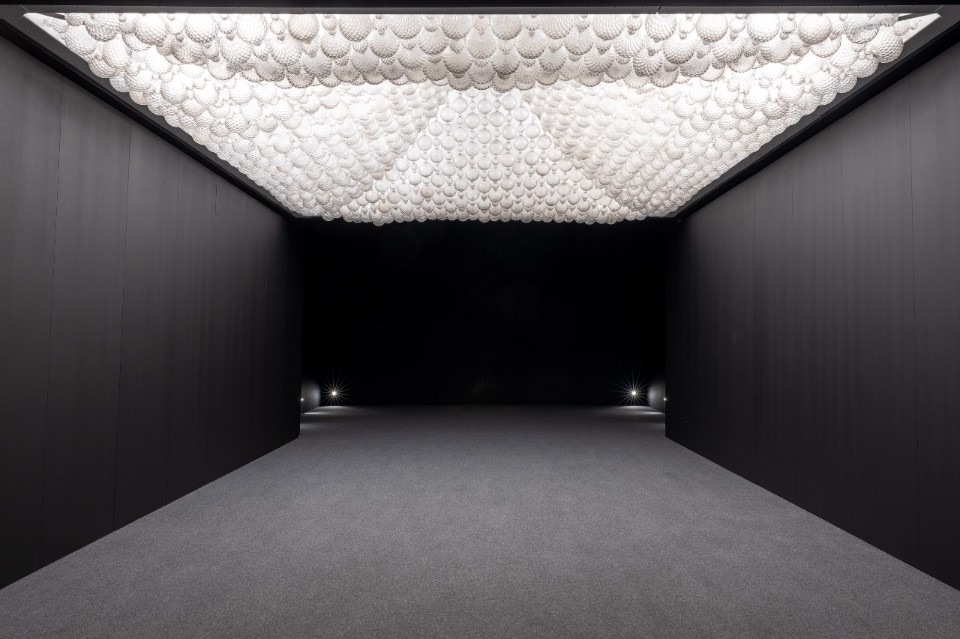
One of the many cues used to space out the exhibition sections is archival documentation including large sheets of sketches and period photographs to illustrate the hall of the Principi di Piemonte hotel in Turin built in 1937, a hotel built as part of the Via Roma project, considered the pilot project of the “new” Fascist urban planning.
The gold background of the mosaic perimeter niches, decorated by the glass elements in relief to create a whole, highlighted by the grazing light source, shielded by the low backs from the sofas placed at the base, testifies the remarkable quality of the result by dates of realization and activated work collaborations.
Venini is thus the focus of the dream of artificial light that, thanks to the glassy material, participates in and qualifies the space of the residential and public. Stylistically different coexist in the same years the intentions pursued in the company’s research, of a light body that tries to blend with the form and structure of the space.
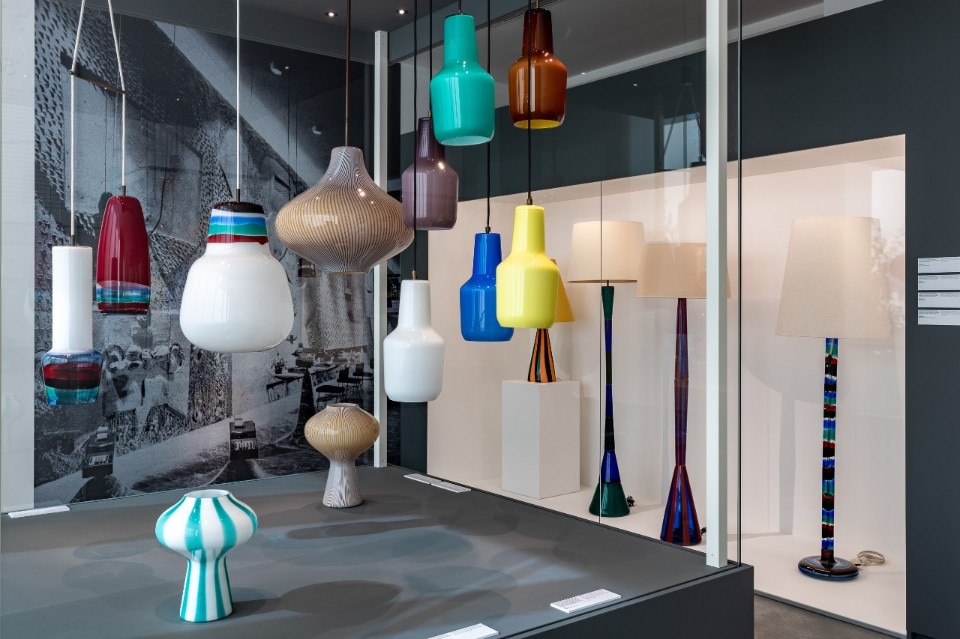
The postwar period would continue this story with a different spirit and intentions that are no longer autarkic but international. In 1954, Venini’s elongated “bells” with horizontal bands in different colors take part in another icon of Italian interior design, BBPR’s Olivetti space in New York, adding a touch of color on the large bas-relief of the monochrome sand-casting wall realized by Costantino Nivola.
The exhibition provides an account of this story – which leads Venini to be a prominent company called upon to build the glass elements of major international buildings in the sphere of entertainment, museums, and hotels – through the reconstruction of two large-scale installations. The first re-proposes in reduced form the skylight screen at Palazzo Grassi made in 1951 with “veils” made of steel cables threading glass spheres of different sizes.
The second recreates in a neutral space the large installation made by Carlo Scarpa with polyhedral glass elements of three different colors for the Veneto Pavilion at the Expo 61 in Turin. And this is an exceptional reconstruction, a true synthesis of the crucial role played by Venini productions in the history of Italian architecture and the image of Made in Italy.
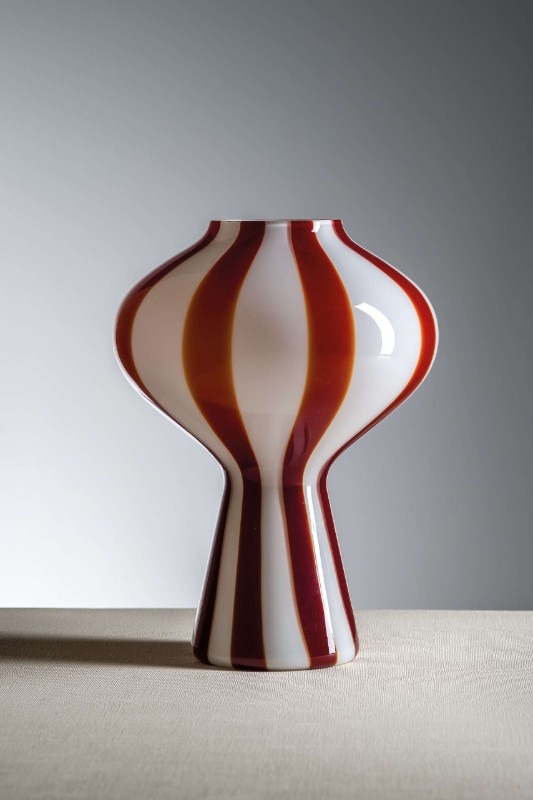
Those polyhedrons, already employed to shape the large chandelier placed in the center of the Italian pavilion at the Brussels Expo – set up by BBPR and considered the manifesto of the Italian revision of modernism through the reconsideration of history – are transformed by Scarpa into a space-installation that announces the researches of the 1960s.
Research that would continue in the collaborations of the organic objects produced by Venini with Fulvio Bianconi, Alessandro Mendini, Gae Aulenti and Ettore Sottsass and also many foreign designers such as Tyra Lundgren, Ken Scott, Taplo Wirkkala. In an ever-expanding success that even James Bond, alias Roger Moore, will have to take an interest in Venini’s production if he wants to try to save the world in Moonraker.


